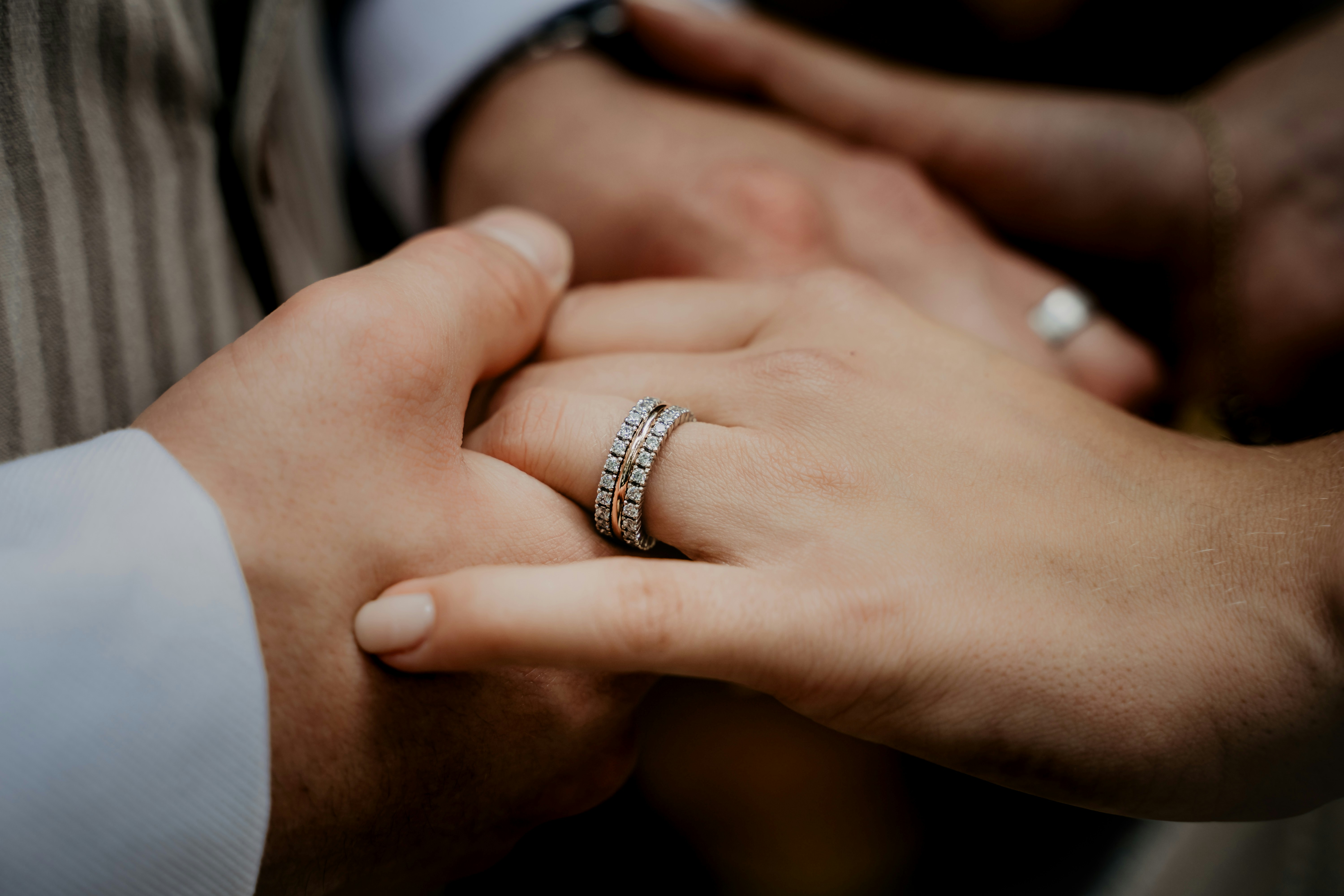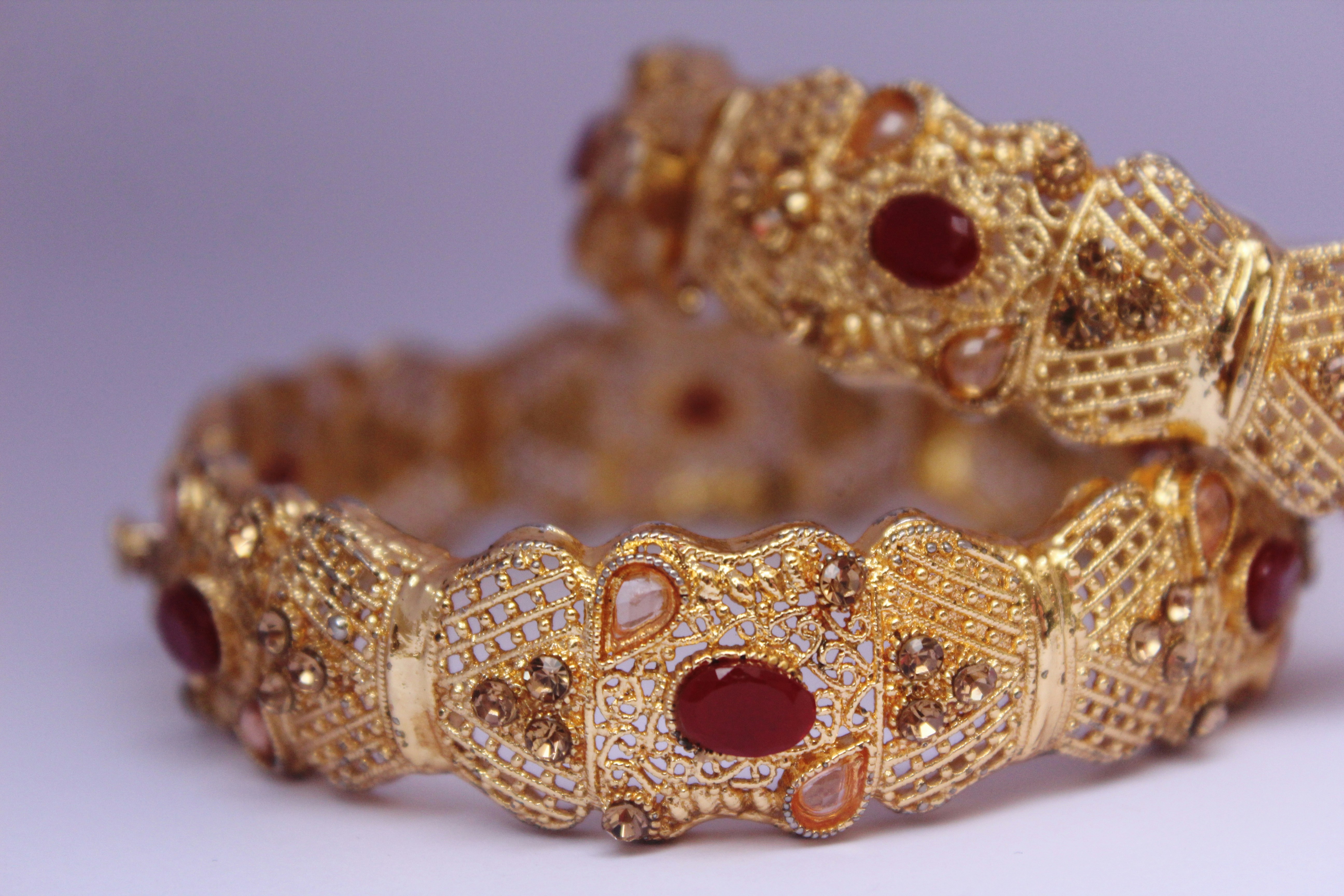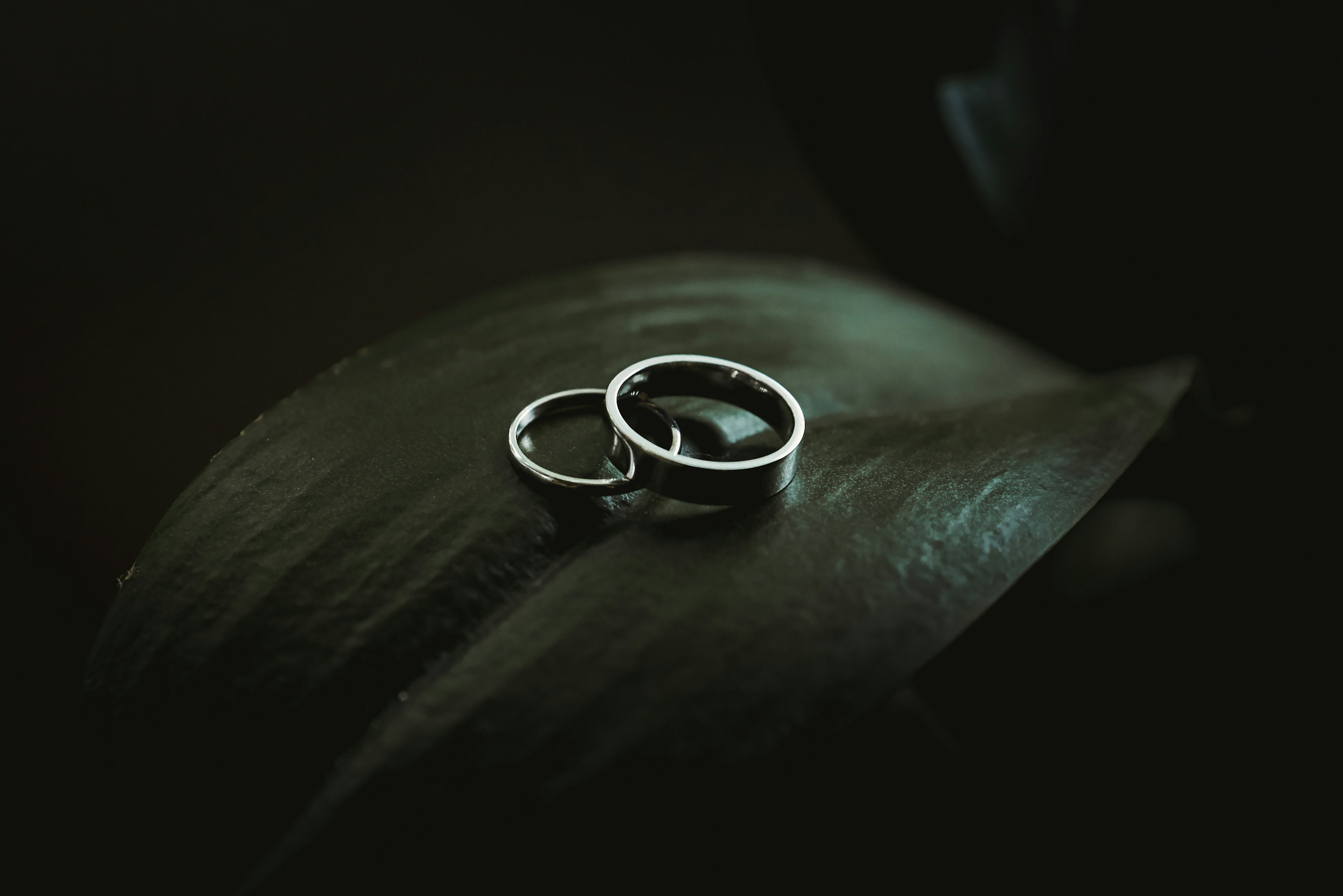What Is Filigree Jewelry
Alexander Kellerson

Introduction to Filigree Jewelry
Filigree jewelry is a form of intricate metalwork that is often associated with fine and delicate designs. This type of jewelry involves twisting thin metal threads to create artistic motifs, ranging from simple swirls to complex patterns. Filigree jewelry has captivated the hearts of many due to its lacy appearance and exquisite craftsmanship.
Renowned for its elegance and sophistication, filigree jewelry is often made from precious metals such as gold and silver. Its lightweight nature makes it comfortable to wear, while its detailed design adds a touch of luxury to any outfit. Whether you are looking for a statement piece or something subtle, filigree jewelry offers a timeless appeal that suits various tastes and occasions.
History and Origins of Filigree Jewelry
The art of filigree jewelry dates back to ancient civilizations, with origins traced to Mesopotamia and Egypt. Over centuries, it spread to other cultures, including the Greeks, Romans, and Indians, each adding their unique styles and techniques. Historically, filigree was used to create ornamental pieces, religious artifacts, and royal jewelry.
During the Renaissance, filigree jewelry gained immense popularity in Europe, particularly in Italy and Spain. The intricate designs were often used to embellish religious artifacts and luxurious accessories. Today, filigree continues to be a beloved art form, celebrated for its historical significance and timeless beauty.
Techniques Used in Filigree Jewelry
Creating filigree jewelry involves several meticulous techniques. Artisans start by drawing thin wires from precious metals, which are then twisted and curled into intricate patterns. These wires are often soldered together at points of contact to maintain the design's integrity.
One common technique is granulation, where tiny beads of metal are added to the filigree pattern to enhance its texture and detail. Another method is filigree-inlay, where the filigree work is set into a base metal surface, creating a contrasting and visually appealing effect. Mastery of these techniques requires patience and precision, making each piece of filigree jewelry a work of art.
Materials Commonly Used in Filigree Jewelry
Filigree jewelry is traditionally crafted from precious metals like gold and silver. Gold filigree is known for its luxurious appearance and durability, while silver filigree offers a more affordable yet equally stunning alternative. Both metals can be manipulated into fine threads, allowing for the creation of detailed and intricate designs.
In addition to gold and silver, modern filigree jewelry may incorporate other materials such as platinum and copper. These metals can add unique aesthetic qualities to the jewelry, with platinum offering a sleek, contemporary look and copper providing a warm, vintage feel. Some pieces also feature gemstones, enhancing the overall design with color and sparkle.
Types of Filigree Jewelry
Filigree jewelry encompasses a wide range of accessories, each showcasing the delicate artistry of this technique. Popular types include filigree earrings, which can range from simple hoops to elaborate chandelier designs. Filigree necklaces often feature pendants with intricate patterns, making them perfect statement pieces.
Other common types of filigree jewelry include bracelets, rings, and brooches. Filigree rings are especially admired for their intricate bands and settings, often used in engagement and wedding rings. Brooches and pins add a touch of elegance to clothing and accessories, making filigree jewelry versatile and adaptable to various styles.
Popular Filigree Jewelry Designs
Some of the most popular filigree jewelry designs include floral motifs, scrollwork, and geometric patterns. Floral filigree pieces often feature delicate flowers and leaves, symbolizing nature's beauty and grace. Scrollwork designs are characterized by their flowing, curvilinear lines, adding a touch of romance and whimsy to the jewelry.
Geometric patterns in filigree jewelry are appreciated for their symmetry and precision. These designs can range from simple shapes like circles and squares to more complex tessellations. Each design showcases the versatility of filigree techniques, allowing artisans to create unique and captivating pieces that appeal to a wide audience.
How to Care for Filigree Jewelry
Caring for filigree jewelry requires special attention due to its delicate structure. To maintain its beauty, it is essential to store filigree pieces separately to avoid tangling and damage. Using a soft cloth to clean the jewelry regularly helps remove dirt and oils that can dull its shine.
Avoid exposing filigree jewelry to harsh chemicals, such as cleaning agents and perfumes, which can corrode the metal. If deeper cleaning is needed, it is advisable to seek professional assistance to ensure the jewelry's intricate details are preserved. Proper care and maintenance will ensure that your filigree jewelry remains a treasured heirloom for generations.
Filigree Jewelry in Modern Fashion
In modern fashion, filigree jewelry continues to be a popular choice for its timeless elegance and intricate designs. It is often seen on runways and red carpets, worn by celebrities who appreciate its unique beauty. Filigree pieces can be styled with both formal and casual outfits, making them versatile additions to any wardrobe.
Designers today experiment with traditional filigree techniques to create contemporary pieces that appeal to modern tastes. By blending classic craftsmanship with innovative designs, they keep the art of filigree jewelry alive and relevant in today's fashion world.
Buying Guide: What to Look for in Filigree Jewelry
When purchasing filigree jewelry, there are several factors to consider to ensure you get a high-quality piece. First, examine the craftsmanship; high-quality filigree should have intricate and well-defined patterns with no visible solder marks. The metal should be smooth and polished, indicating skilled work.
Consider the materials used, such as gold, silver, or other precious metals, and check for authenticity marks like hallmarks or stamps. If the piece includes gemstones, ensure they are securely set and free of scratches or inclusions. By paying attention to these details, you can invest in a beautiful and lasting piece of filigree jewelry.
DIY Filigree Jewelry: A Beginner's Guide
Creating your own filigree jewelry can be a rewarding hobby that allows you to explore your creativity. Start with basic tools like pliers, fine wire, and a soldering kit. Begin by practicing simple patterns and gradually work your way up to more complex designs as you gain confidence.
There are many tutorials and kits available for beginners that provide step-by-step instructions. Joining a jewelry-making class or online community can also offer valuable tips and support. With patience and practice, you can create beautiful filigree pieces that reflect your personal style and craftsmanship.
Conclusion: The Timeless Appeal of Filigree Jewelry
Filigree jewelry remains a beloved art form due to its intricate designs and timeless elegance. From its rich history to modern interpretations, filigree continues to captivate jewelry enthusiasts around the world. Whether you are purchasing a piece or creating your own, filigree jewelry is a testament to the enduring beauty of skilled craftsmanship.
By understanding the techniques, materials, and designs involved in filigree jewelry, you can better appreciate the artistry behind each piece. As a versatile and stylish accessory, filigree jewelry adds a touch of sophistication and charm to any collection, making it a cherished choice for generations to come.





